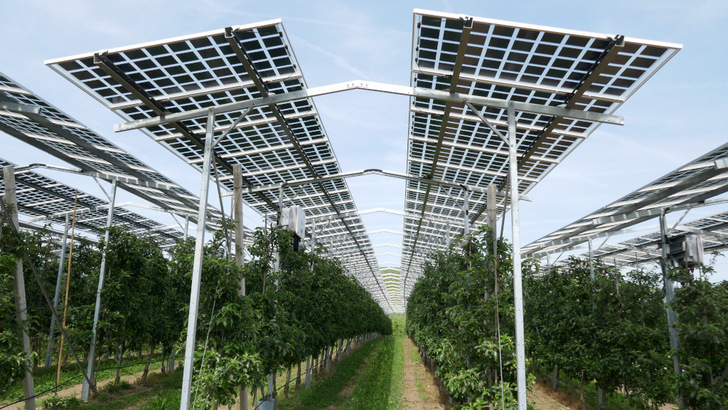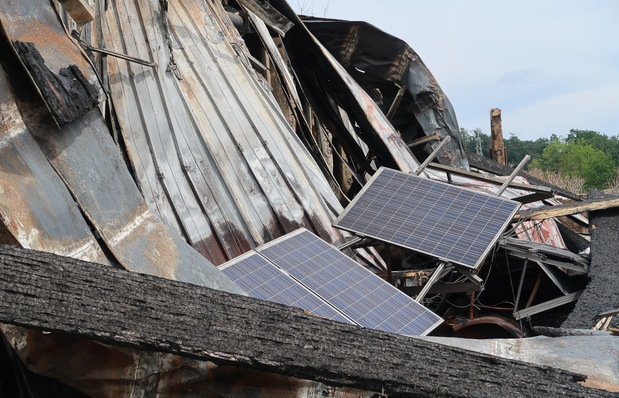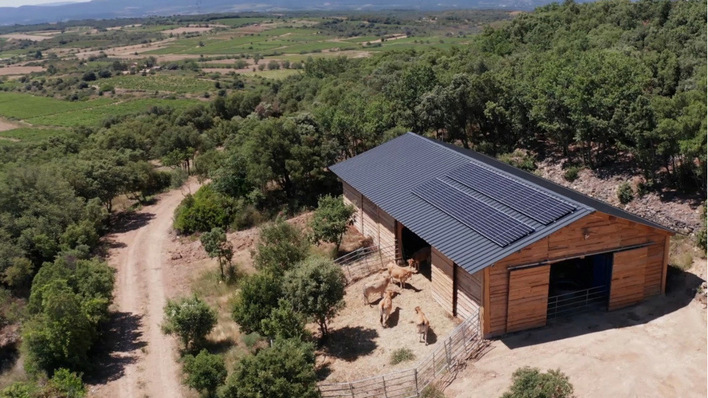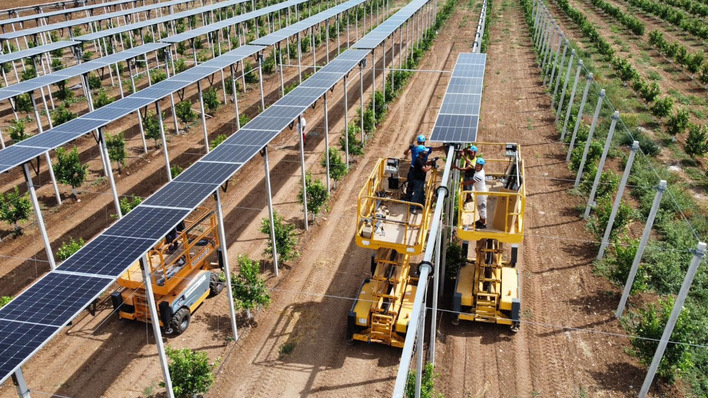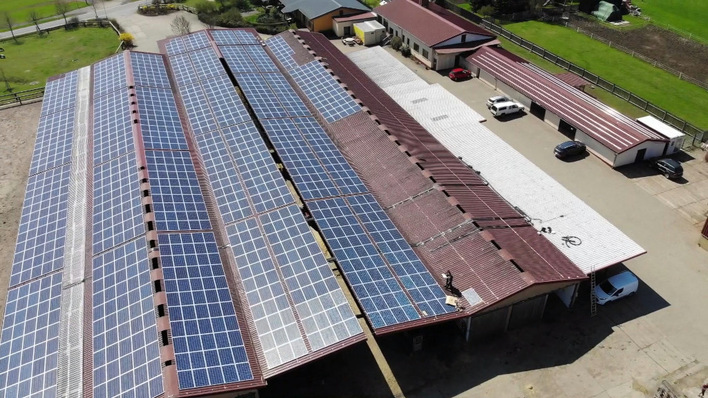Europe’s worst drought in decades hit farmers hard this summer, with parched fields, dried-up rivers and empty wells a common sight. As dry winters and scorching summers become the norm, heatwaves and water shortages are no longer the exception. Meanwhile, the energy crisis is prompting rollbacks in climate protection rather than progress.
Yet there is great potential in climate protection if synergies are harnessed. A particularly striking example is agriphotovoltaics (agri-PV), namely the installation of photovoltaic systems on agricultural land. With the amendment of the Renewable Energy Sources Act (EEG), Germany has also created the conditions for expanding agri-PV systems and remunerating the yields. Meanwhile, word has spread in other countries that dual land use accelerates the energy transition.
Two systems developed
This shift in thinking is urgently needed, as it allows more land to be used for the further expansion of photovoltaics. The dual use of agricultural land is a key factor in enabling Germany to reach its target of quadrupling solar installations to 215 gigawatts by 2030 – in just seven years.
A major advantage of decentralised agri-PV systems is that their electricity yield is often used locally to a considerable extent, and grid connection usually requires less expansion of the power grid than with other ground-mounted systems. Currently, two types of systems are mainly in use: elevated systems with semi-transparent modules and vertically mounted systems with bifacial modules.
Agri-PV in viticulture – DLR installs test installation
The use of horizontally elevated semi-transparent modules offers protection against increasingly frequent extreme weather events such as hail, heavy rain, frost, and excessive UV radiation. The need for crop protection products can be reduced by up to 80 percent. A direct irrigation system, easy to integrate, supplies plants with the moisture they need during dry periods.
Protective canopy for plants
When constructing the systems, it is important to flexibly compensate for varying terrain conditions such as slopes, bumps and inclines. The structural design of the frames must also withstand considerable snow and wind loads.
How Agri-PV supports regenerative and sustainable agriculture
Such systems are built in rows with varying rack widths and distances between rows. Both are largely determined by the type of crop and cultivation method. Agriculture determines system sizes: in existing orchards, compromises are necessary, while new plantations can be optimised for both crop and energy yield.
Yield proportional to spacing
To this end, many agricultural experimental stations around the world are currently operating test facilities. Height is determined by the growth height of the plants. Above roughly four metres, structural loads – and thus costs – rise sharply.
The row spacing determines the possible installation of solar modules on the land. Find out how much solar power can fit on one hectare of land if the rows are very close to each other in the full report available in our special on agri-PV. Our expert from Gridparity also explains what yields you can expect. You can download the free special here free of charge. (su)


